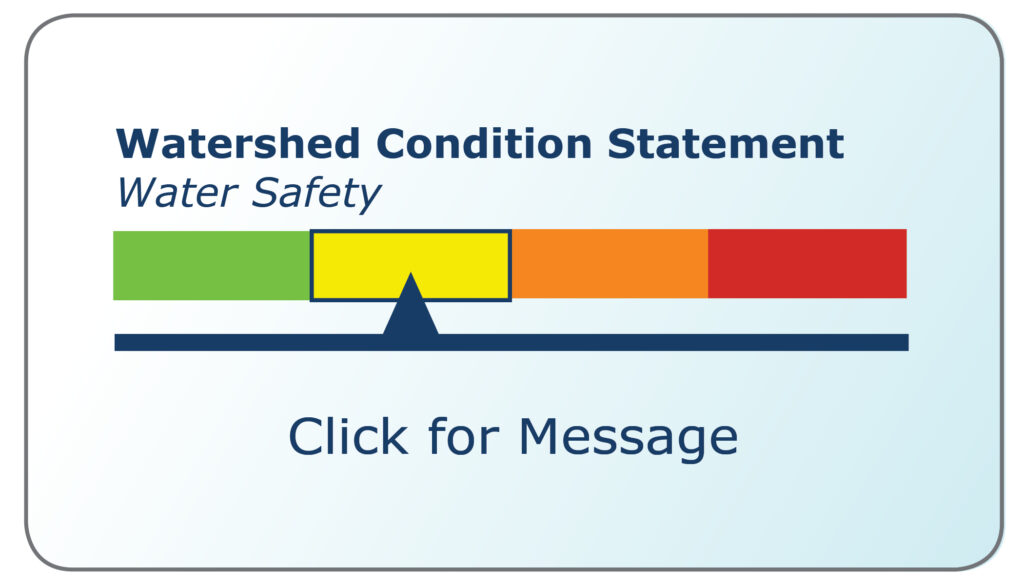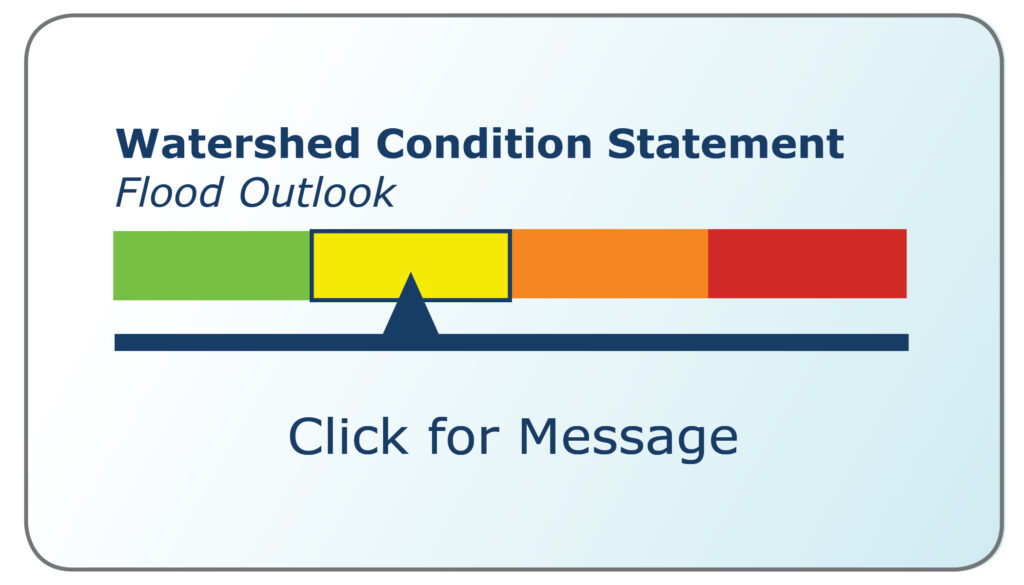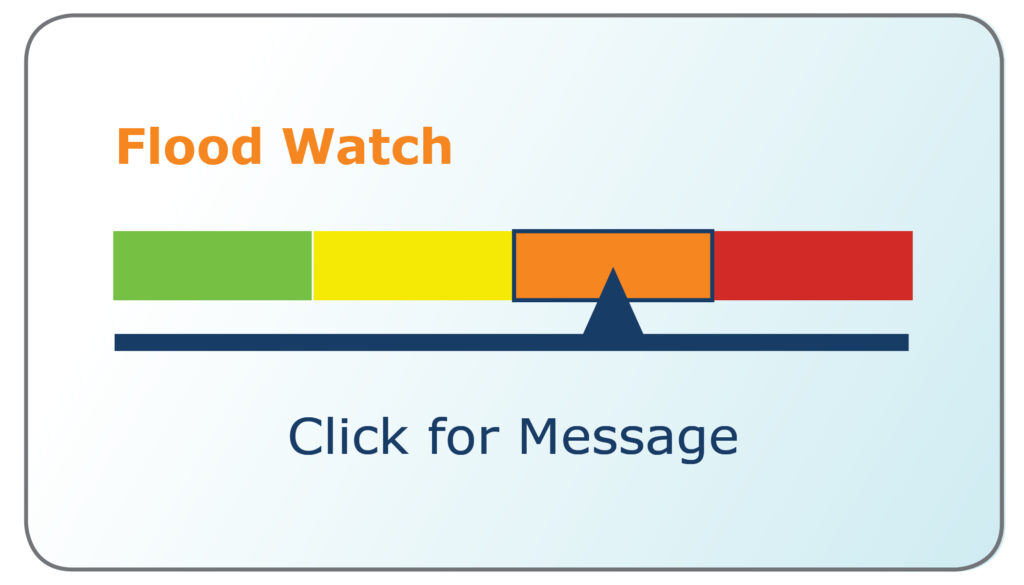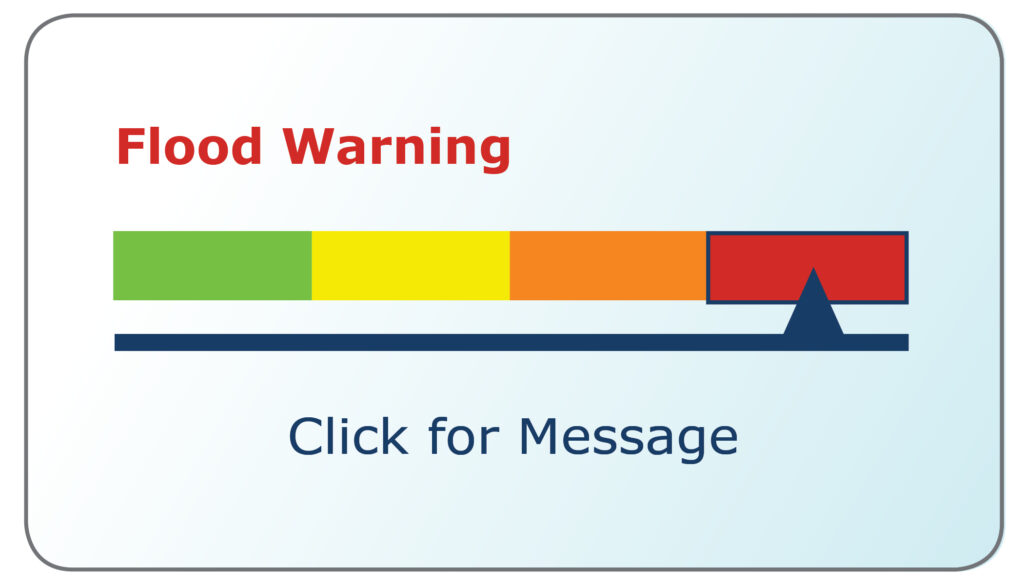Flood Forecasting
NVCA monitors weather conditions and river flows to determine if there is a risk of flooding. If there is, we issue flood messages to alert municipal flood coordinators and the public about flood risks.
The coordinators then implement their own local flood response plan and assist local residents and other key partners.
Flood messages are sent to radio stations, televisions stations and newspapers in the Nottawasaga Watershed and surrounding regions. Media outlets usually post these messages on their websites.
Residents can also follow NVCA on social media or subscribe to our flood newsletter to be notified when flood messages are issued.
NVCA can issue three types of flood messages:
1. Watershed Conditions Statement: a general notice of weather conditions that could pose a risk to personal safety or which have the potential to lead to flooding.
There are two variations of these:
Water Safety Statement: High flows, unsafe banks, melting ice or other factors could be dangerous for recreational users such as anglers, canoeists, hikers, children, pets, etc. Flooding is not expected.

Flood Outlook Statement: Early notice of the potential for flooding based on weather forecasts calling for heavy rain, snow melt, high wind or other conditions that could lead to high runoff, cause ice jams, lakeshore flooding or erosion.

2. Flood Watch: Flooding is possible in specific watercourses or municipalities. Municipalities, emergency services and individual landowners in flood-prone areas should prepare.

3. Flood Warning: Flooding is imminent or already occurring in specific watercourses or municipalities. Municipalities and individuals should take action to deal with flood conditions. This may include road closures and evacuations.

To find out if a flood message has been issued please consult the following:
- Check the NVCA’s website for the flood status icon. Check back often as messages can change without notice.
- Visit the NVCA on Facebook or Twitter.
- Sign up for NVCA’s Flood alerts
- Check your local radio, television and daily newspapers
- Contact your local municipality.